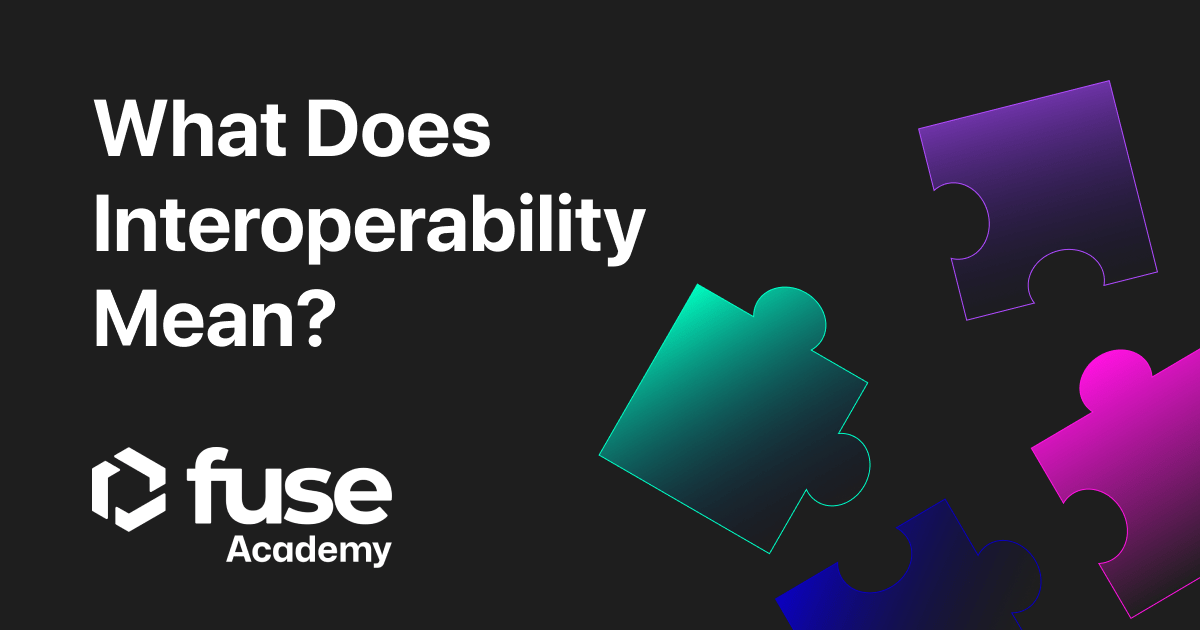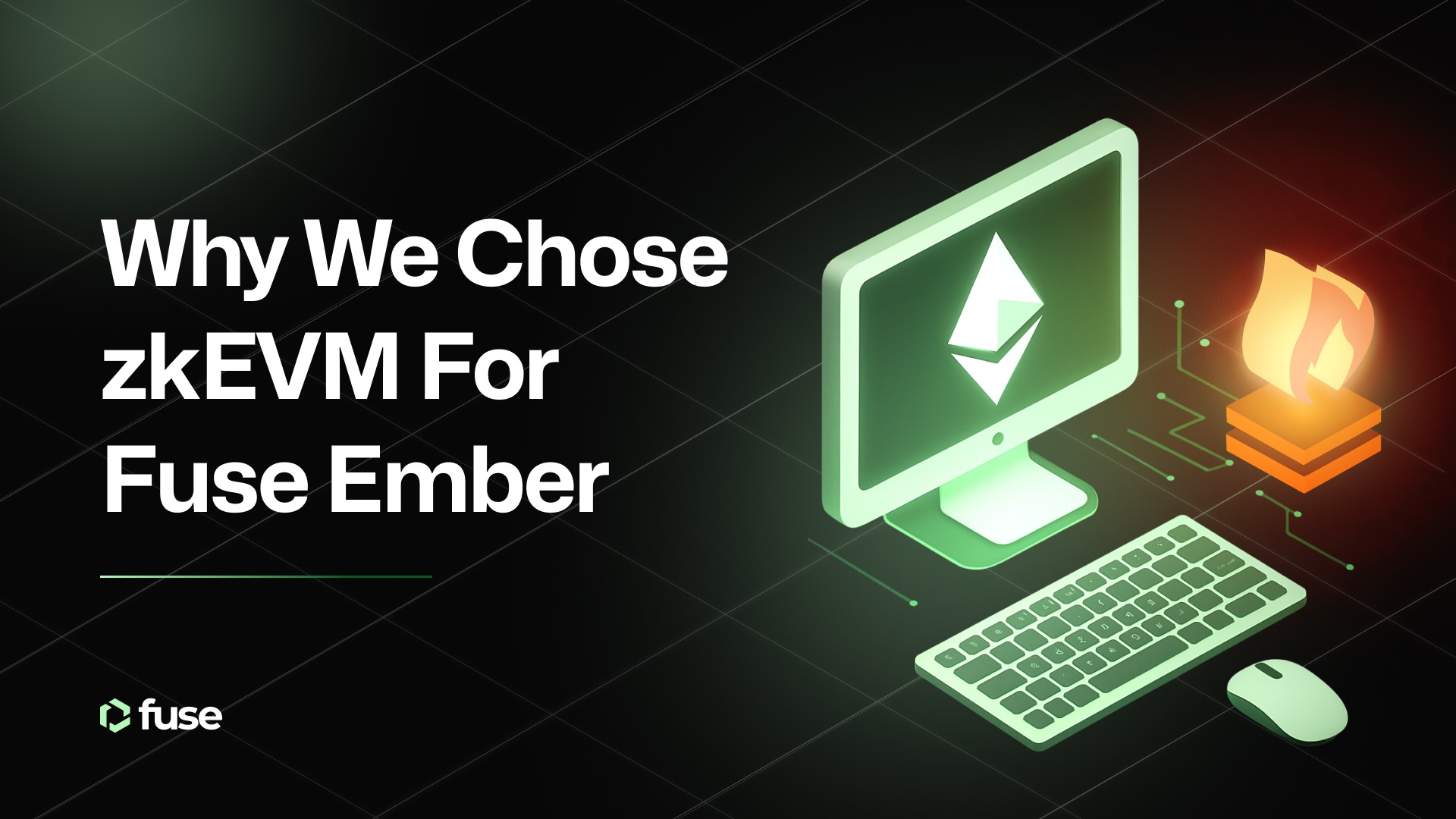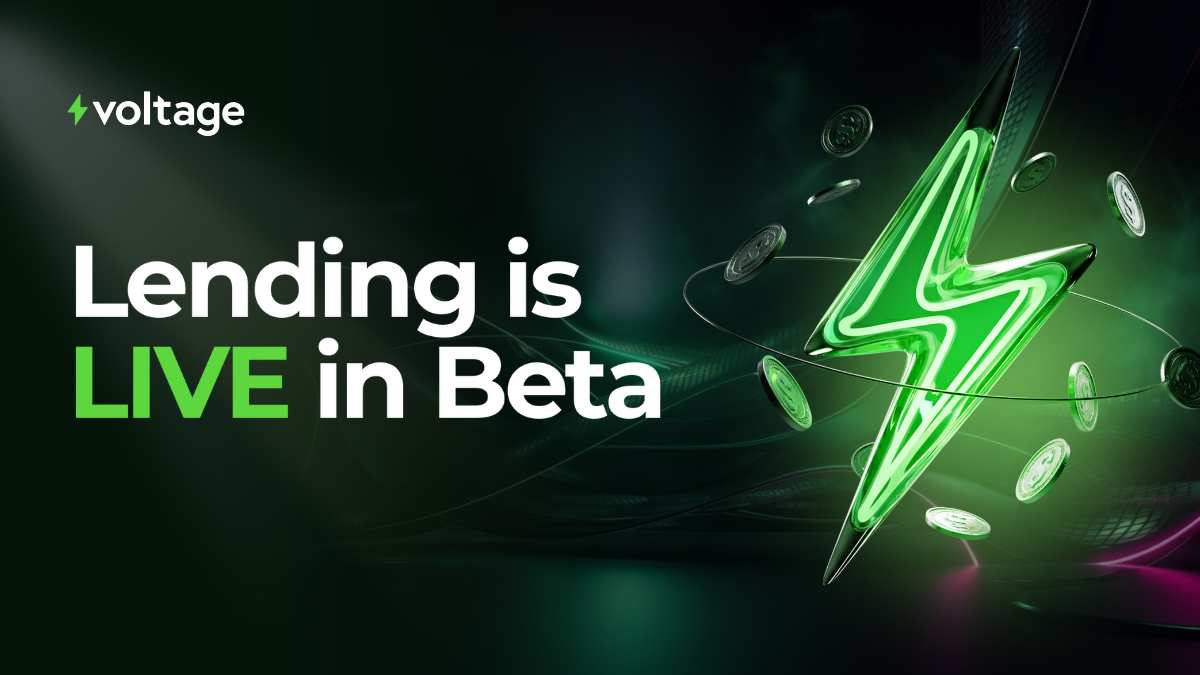Interoperability is the set of rules allowing different blockchain systems to communicate with each other. The principal aims of interoperability are transferring assets from one chain to another and allowing the borrowing of assets from one chain by using tokens or NFTs as collateral.
Interoperability allows users to communicate with multiple chains through decentralized cross-chain bridges, which transfer crypto assets across various blockchain networks like the Ethereum network, Fuse Network, Polygon, and Binance Smart Chain (BSC).
Give me an example
Let’s use a real-life example to understand the concept of interoperability better. A Polish citizen who wants to spend his holiday in Mexico City must convert his money from Polish Zloty to Mexican Peso. The reason is that as valuable as his money may be in Poland, it is not recognized in the country of the visit, so he has to convert them.
EVM ensures interoperability between all the networks built on Ethereum. An interoperability example can be seen in a DeFi system; DeFi has opened many financial opportunities to users, including lending and borrowing. Still, these features can’t be helpful if various chains cannot communicate for the lending or borrowing to happen.
Suppose a user wants to borrow a token on Avalanche network, but he has collateral in BSC. In that case, he will need the two chains to interact using the EVM to be able to borrow, which is a perfect example of interoperability within the Ethereum network.
Interoperability in DeFi
Cross-chain interoperability in DeFi is when a user wants to borrow an ERC-20 token but wants to use his NFT on the Solana network as collateral. With cross-chain interoperability, the user will not need to sell his NFT to facilitate the borrowing; his assets will remain on the Solana network while he can borrow money from another blockchain network. Every blockchain operates on a different set of rules; cross-chain bridges serve as a common ground on which users can switch from one blockchain network to another.
Due to the development in the blockchain ecosystem, Web 3.0 platforms will want to build a customizable multi-token wallet system that will help improve user experience. Cross-chain bridges will ensure interoperability in multiple wallet systems.
Fuse Network Interoperability
The Fuse Network is passionate about building Web 3.0, which is why the Fuse team strongly believes in interoperability among public blockchains. We believe that no single blockchain platform will dominate in the future. Hence, we have built a solution to transfer assets between Fuse Network and other blockchain networks. Fuse Network is the right place for you if you are passionate about Web 3.0 and want to develop a mobile-friendly payment wallet system that supports multiple chains.
.svg)
.svg)











